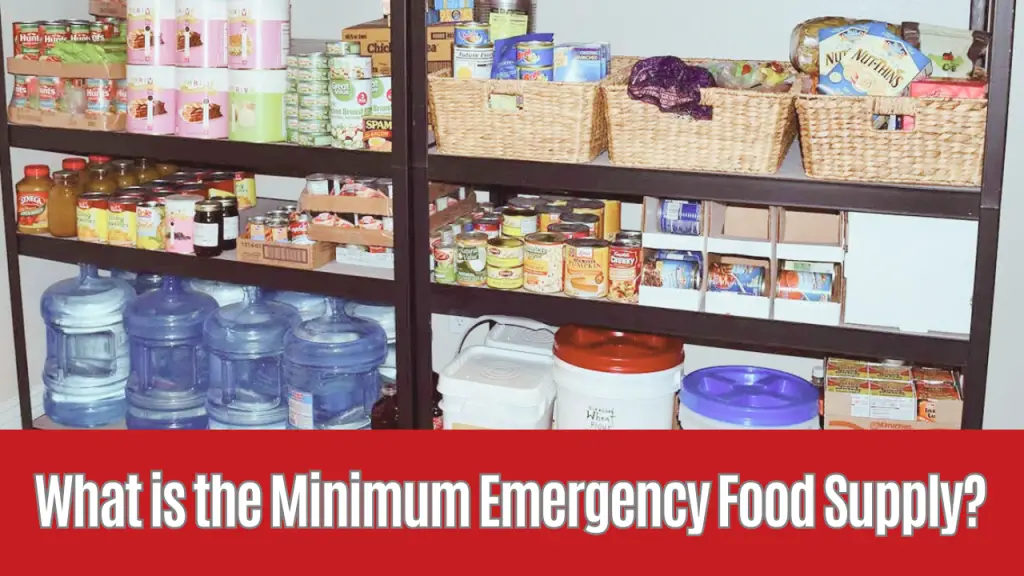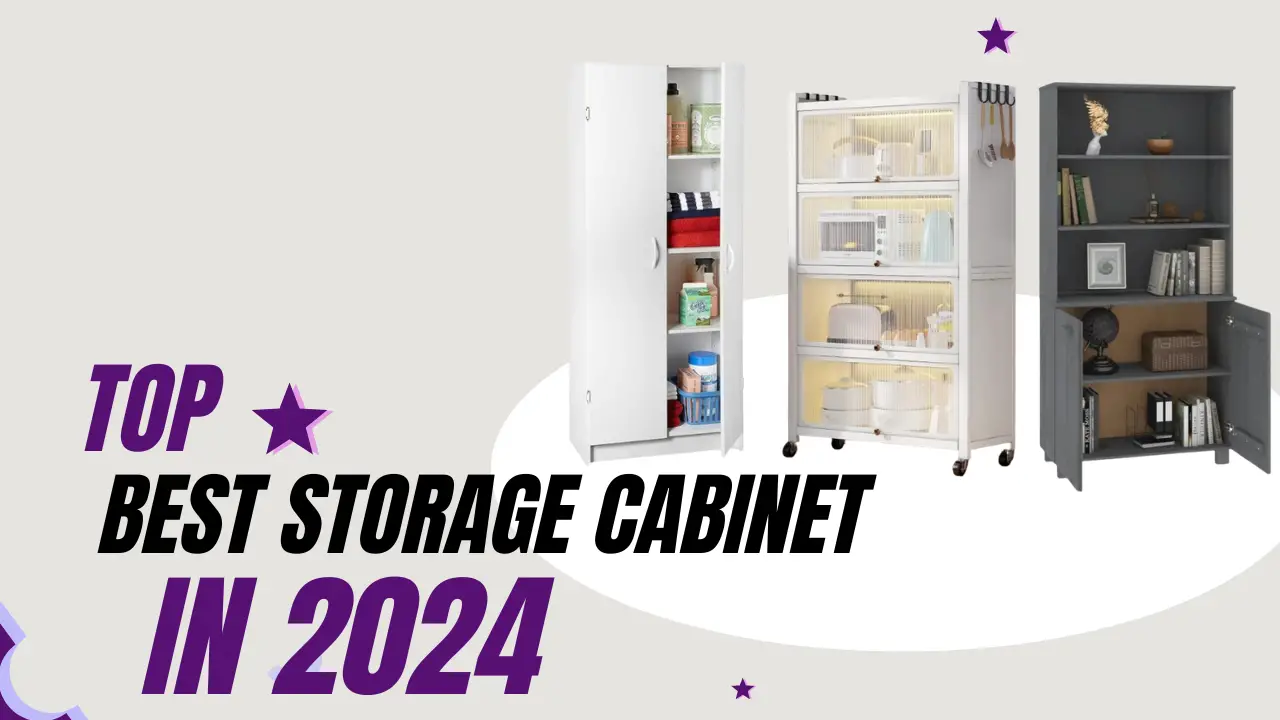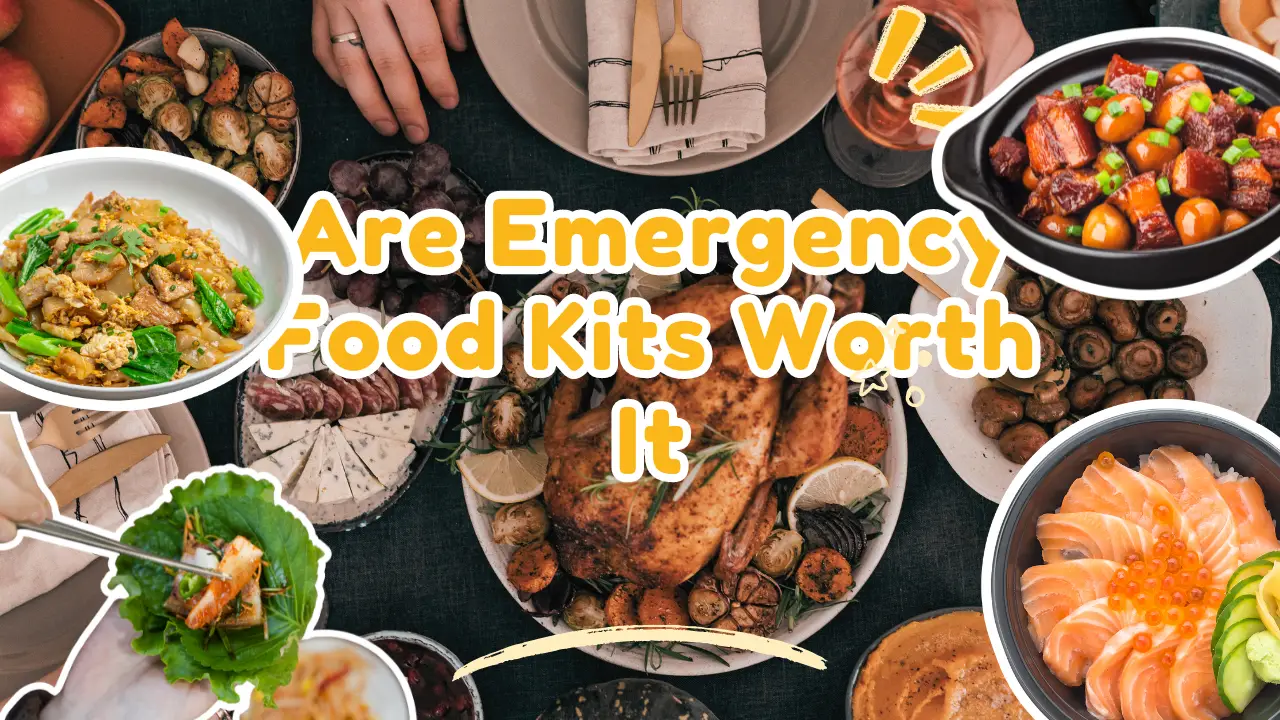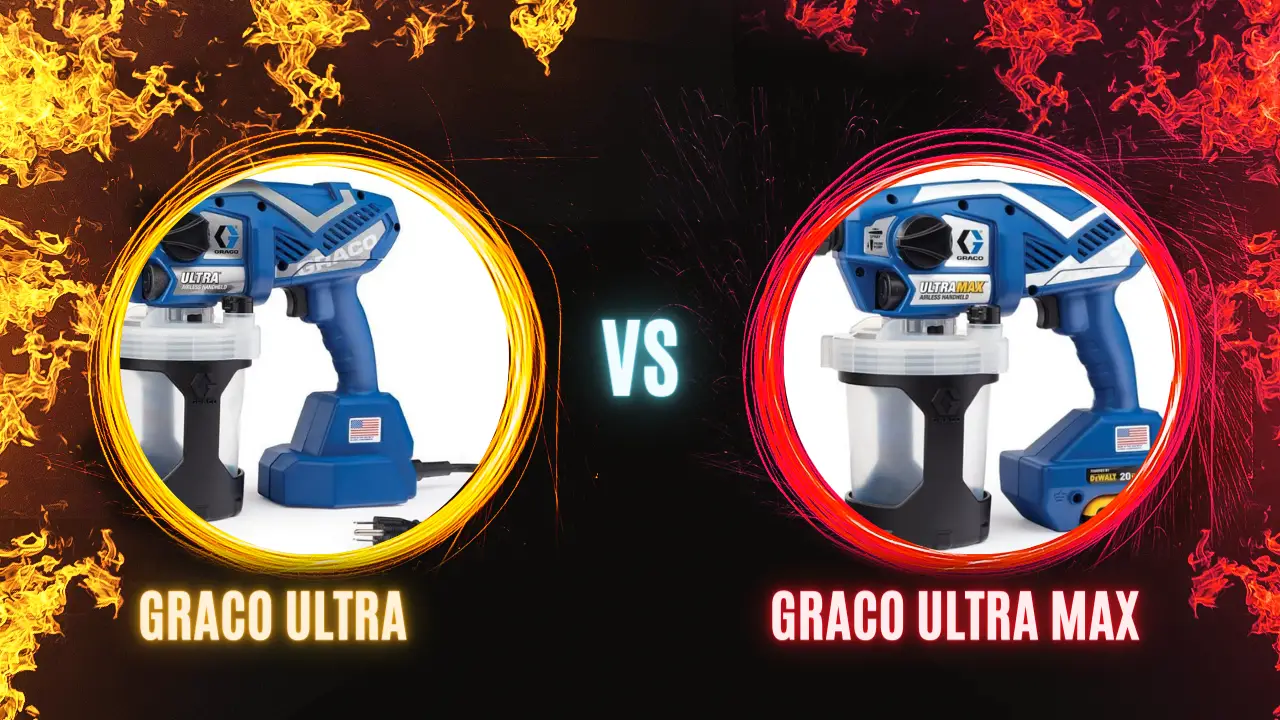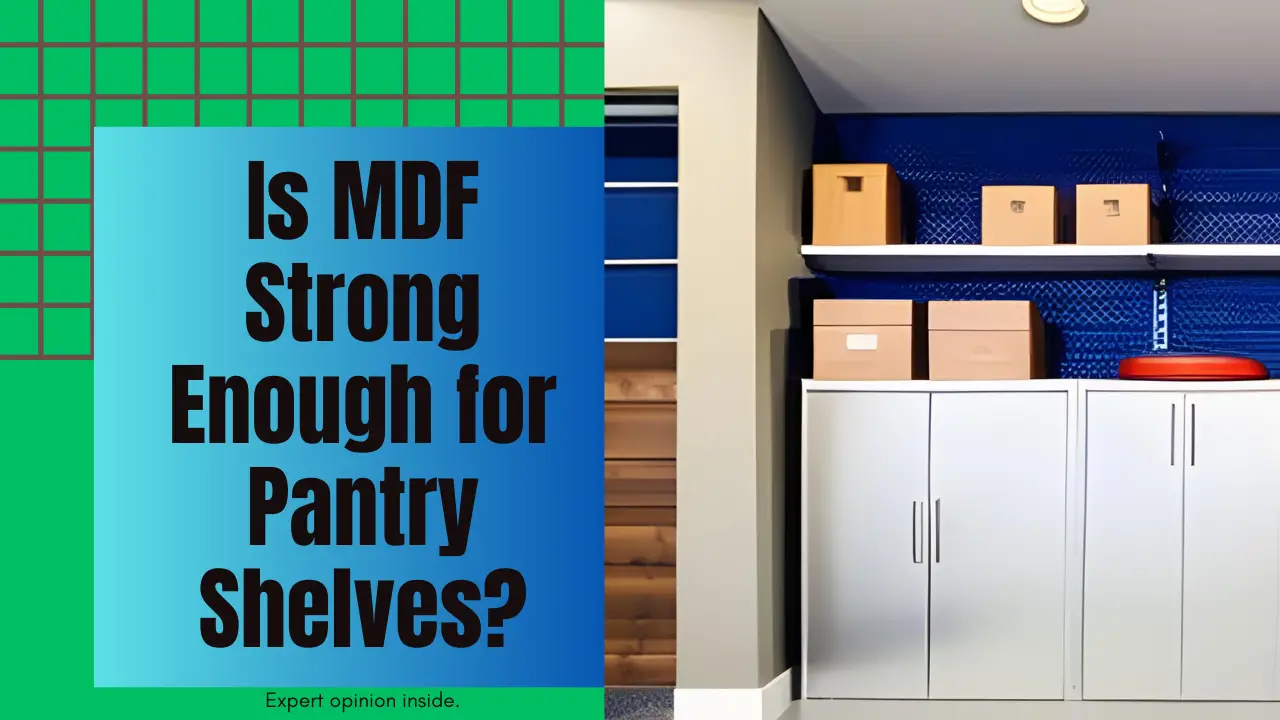When it comes to preparing for unexpected emergencies, one of the most crucial considerations is your food supply. You might wonder, “What is the minimum emergency food supply I need?” This question is not only important but also a matter of survival. In this article, we’ll delve into the topic “What is the minimum emergency food supply?” and provide you with a concise and practical answer.
What is the Minimum Emergency Food Supply?
During emergencies or disasters, having an adequate supply of food is crucial for survival. The minimum emergency food supply refers to the number of non-perishable food items and essentials needed to sustain individuals or families during unexpected situations when access to fresh food may be limited.
Factors to Consider
- Number of People: Calculate the number of individuals in your household or group that will rely on the emergency food supply.
- Duration of Emergency: Estimate the potential length of the emergency period. It could range from a few days to several weeks.
- Dietary Needs: Consider any dietary restrictions or preferences within your group. Opt for foods that meet these requirements.
- Storage Space: Assess the available storage space for storing the emergency food supply. Choose items that can be stored easily.
Recommended Items for Minimum Emergency Food Supply
- Non-Perishable Foods: Stock up on canned goods, dried fruits, nuts, and grains like rice or quinoa.
- Protein Sources: Include canned meats like tuna, chicken, or beans for protein intake.
- Carbohydrates: Pack items such as pasta, crackers, and cereal for energy.
- Long-Lasting Staples: Invest in items like peanut butter, powdered milk, and dried beans, which have longer shelf lives.
- Vitamins and Minerals: Consider including multivitamin supplements to ensure essential nutrient intake.
- Comfort Foods: Add items like chocolate, instant coffee, or tea to boost morale during stressful situations.
- Water: Don’t forget to store an ample supply of water alongside food items.
Calculating Quantities
- Aim for a minimum of three days’ worth of food and water for each individual.
- Multiply the daily food requirement by the number of individuals and the number of days to calculate the total quantity needed.
Understanding the Basics
To comprehend the minimum emergency food supply, we must start with the fundamentals. Emergency food supply refers to the food you stockpile to sustain yourself and your family during disasters, such as natural calamities, power outages, or other unforeseen events. It’s like your insurance policy against hunger in times of need.
Determining Your Needs
The first step in planning your emergency food supply is to assess your specific needs. Consider the size of your household, any dietary restrictions, and any medical conditions that might require special dietary considerations.
Minimum Emergency Food Supply Duration
The ideal minimum duration for an emergency food supply is two weeks. This period allows you to weather most short-term crises, like severe storms or temporary infrastructure disruptions. However, experts often recommend extending your supply to 30 days or more for added security.
Caloric Requirements
It’s vital to understand the daily caloric needs of each family member. On average, an adult requires around 2,000 calories per day to maintain basic functions. Multiply this by the number of family members to estimate your daily caloric requirement.
Types of Emergency Foods
Emergency food options vary widely, from freeze-dried meals to canned goods. Choose a variety of foods, including grains, canned vegetables, protein sources, and non-perishable snacks, to create a balanced diet.
During emergencies or disasters, having a reliable stash of emergency foods is vital for sustenance. Here are some types of emergency foods you should consider stocking up on:
Canned Goods
- Canned vegetables: Examples include corn, peas, and carrots.
- Canned fruits: Opt for fruits packed in water or natural juices.
- Canned soups and stews: These provide nourishment and warmth.
Dried Foods
- Dried fruits: Raisins, apricots, and dates are excellent choices.
- Dried beans and legumes: Kidney beans, lentils, and chickpeas are rich in protein.
- Dried meats: Beef jerky and turkey jerky are portable protein sources.
Grains and Cereals
- Rice: Long-grain rice is versatile and has a long shelf life.
- Pasta: Stock up on various pasta shapes like spaghetti, penne, and rotini.
- Oats: Rolled oats can be used for breakfast or baking.
Shelf-Stable Dairy and Alternatives
- Powdered milk: Suitable for drinking or cooking purposes.
- Shelf-stable cheeses: Look for vacuum-sealed cheeses with longer shelf lives.
- Dairy alternatives: Consider soy milk, almond milk, or coconut milk in tetra packs.
Nutritious Snacks
- Nuts and seeds: Almonds, peanuts, sunflower seeds, and pumpkin seeds provide healthy fats and protein.
- Granola bars: Choose bars with whole grains and minimal added sugars.
- Trail mix: Customize your mix with dried fruits, nuts, and chocolate chips for energy.
Comfort Foods
- Chocolate: Dark chocolate can provide a morale boost during stressful times.
- Instant coffee and tea: Keep instant coffee packets or tea bags for a caffeine fix.
- Hard candies: These can provide a quick energy boost and combat dry mouth.
Emergency Rations
- Ready-to-eat meals: Consider emergency meal kits or MREs (Meals Ready-to-Eat) for quick, no-prep meals.
- Energy bars: High-calorie bars designed for emergency situations provide a quick energy boost.
- Ensure that you rotate your emergency food supply regularly to maintain freshness and quality. By diversifying your emergency food stash with a variety of options, you can ensure that you and your loved ones are well-prepared for unforeseen circumstances.
Packaging and Storage
Proper packaging and storage are key to maintaining the freshness and safety of your emergency food supply. Vacuum-sealed bags, Mylar bags, and airtight containers are popular choices. Ensure your storage area is cool, dark, and dry.
Taste and Nutrition
While the primary goal of an emergency food supply is sustenance, that doesn’t mean you have to sacrifice taste and nutrition. Look for options that are both palatable and provide essential nutrients.
Now, let’s address some frequently asked questions about emergency food supplies:
FAQs
How do I calculate my family’s daily caloric needs?
To calculate your family’s daily caloric needs, multiply the number of family members by the average daily caloric requirement, which is around 2,000 calories per person.
Is it essential to buy pre-packaged emergency food, or can I create my own?
You can create your emergency food kits to tailor them to your family’s preferences and dietary needs. This DIY approach can be cost-effective and allows for customization.
Where can I find reliable sources for emergency food products?
Pantry Raider recommends Amazon as a reputable source for emergency food products. They offer a wide range of options to suit your needs.
What is the shelf life of emergency foods, and how should I store them?
The shelf life of emergency foods varies but can extend from several years to decades. Proper storage in cool, dark, and dry conditions is essential for preserving their quality.
Can I include perishable items in my emergency food supply?
It’s not recommended to include perishable items, as they can spoil and pose health risks. Stick to non-perishable, long-lasting foods.
Conclusion
In conclusion, the minimum emergency food supply you need depends on your specific circumstances, but having a two-week supply is a good starting point. Stock a variety of foods, maintain proper storage, and ensure you’re meeting your family’s caloric needs.
Building a minimum emergency food supply is a vital step in ensuring your family’s well-being during unexpected crises. Take the time to plan and stock your supply thoughtfully, and you’ll have peace of mind knowing you’re prepared for whatever challenges may arise.
